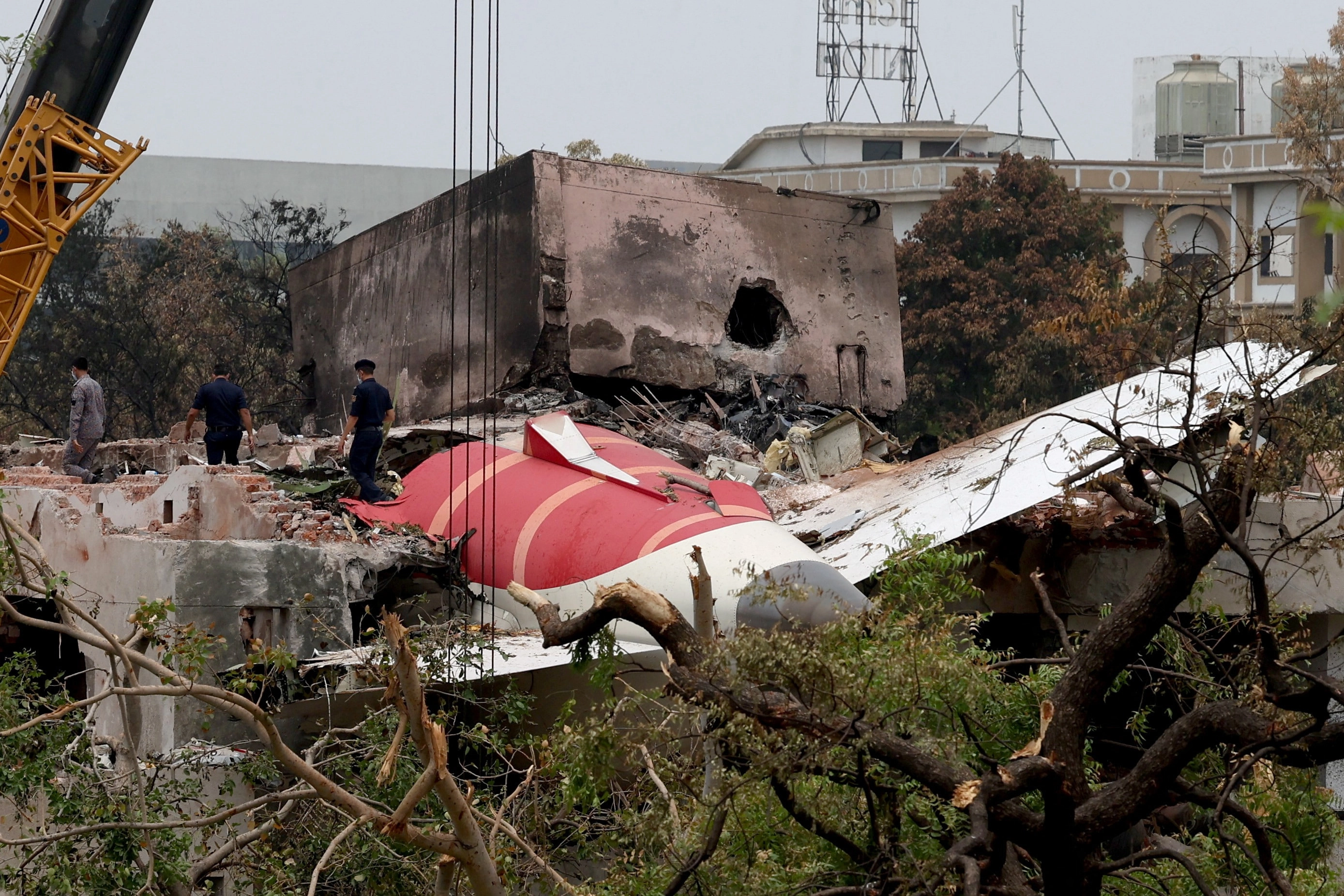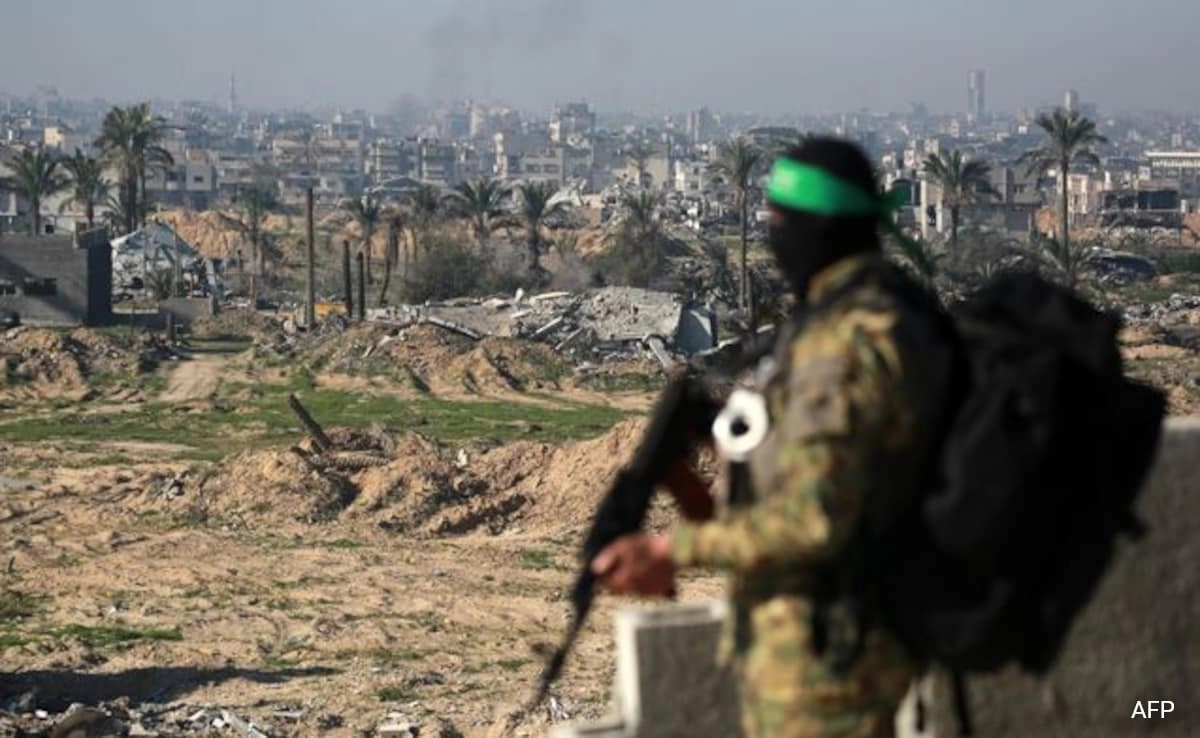In a significant move to alleviate traffic congestion in Delhi’s Trans-Yamuna region, authorities have identified 18 new bus routes aimed at enhancing public transportation options. The Trans-Yamuna area, known for its dense population and increasing vehicular traffic, has long grappled with the challenges of commuting. With the introduction of these bus routes, the aim is not only to provide a more efficient means of transportation but also to encourage residents to shift from personal vehicles to public transit, thereby reducing the overall congestion on the roads.
These new bus routes are strategically designed to connect key residential areas with major commercial hubs and educational institutions, making it easier for commuters to navigate the city. Each route has been meticulously planned based on traffic patterns and population density, ensuring that they serve the highest number of passengers. This initiative is part of a broader strategy by the Delhi government to modernize the public transport infrastructure and improve accessibility for all residents, particularly those living in underserved regions of the city.
Moreover, the introduction of these routes is expected to have a positive impact on the environment by lowering emissions associated with private vehicles. By promoting the use of buses, the government is taking a significant step toward achieving its sustainability goals. Additionally, these new routes will help to reduce travel time for many commuters, making daily commutes more convenient and efficient. As these changes are implemented, officials will monitor their effectiveness and make adjustments as necessary to ensure that they meet the needs of the community effectively.
Overall, the identification of these 18 new bus routes is a promising development in Delhi’s ongoing efforts to tackle transportation challenges. By enhancing public transport options and encouraging a shift away from personal vehicles, the initiative not only aims to ease congestion but also seeks to foster a more sustainable urban environment. As the city continues to grow, such proactive measures are crucial in ensuring that the transportation infrastructure keeps pace with the needs of its residents, ultimately leading to a more livable and accessible city for all.




